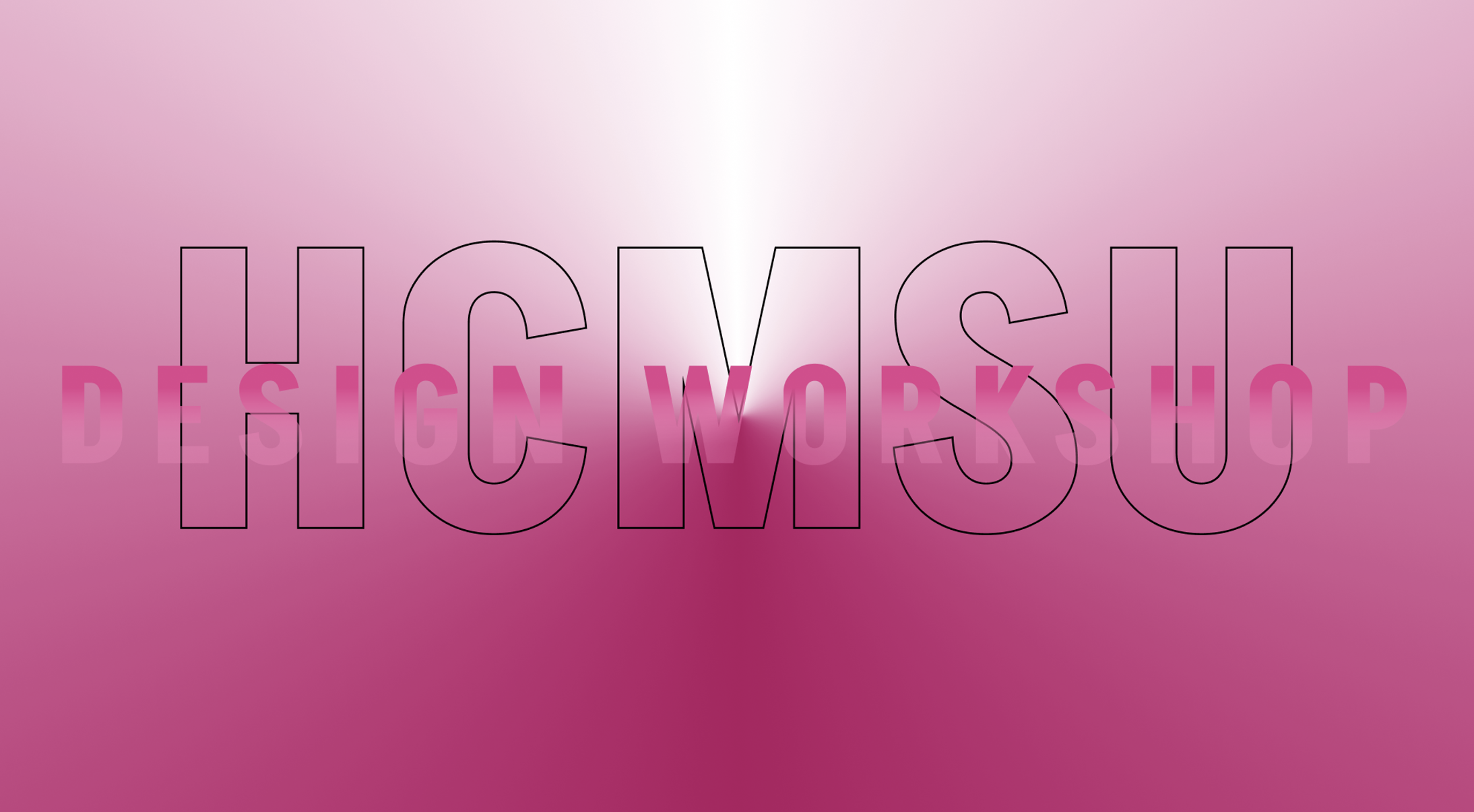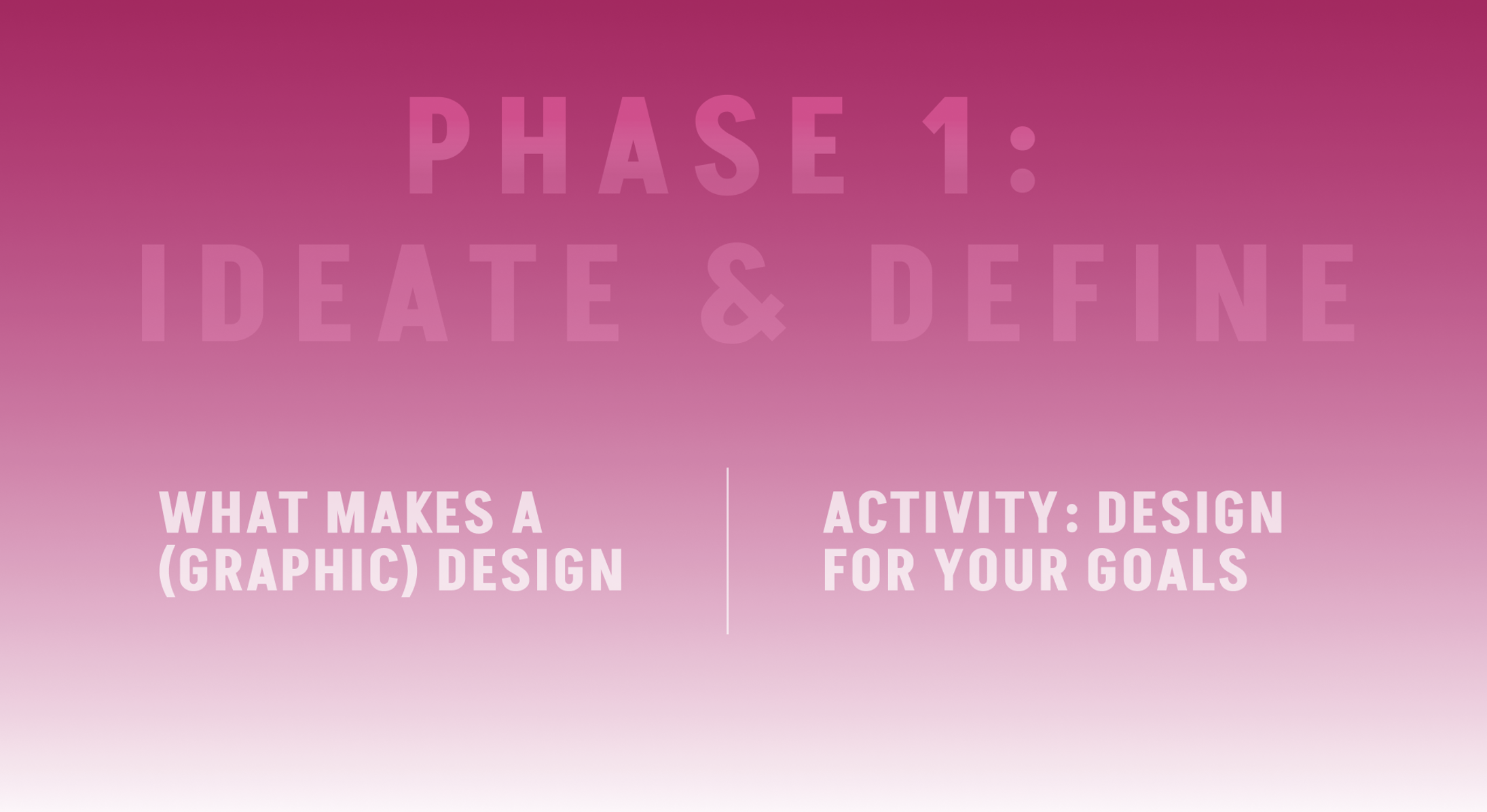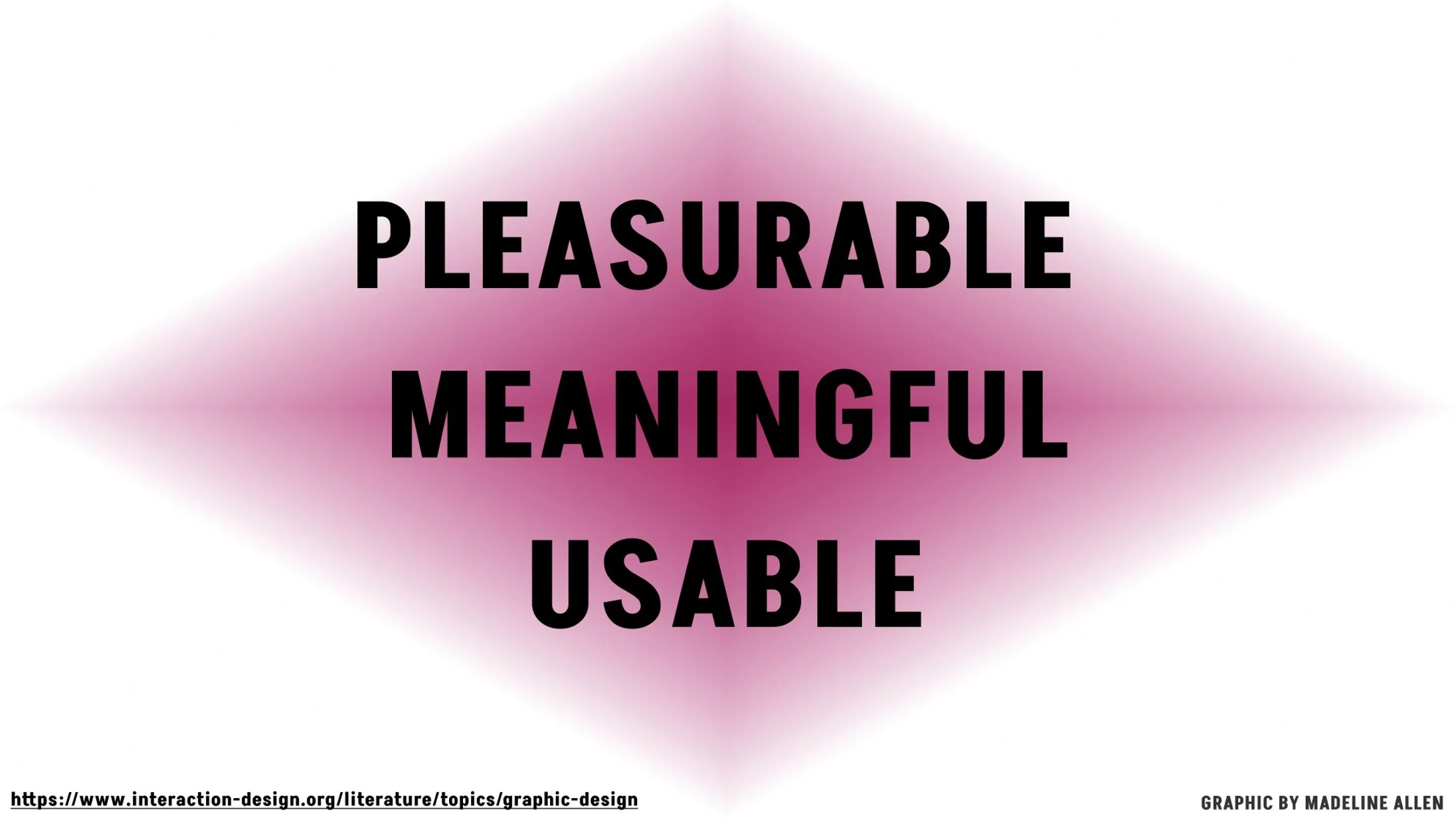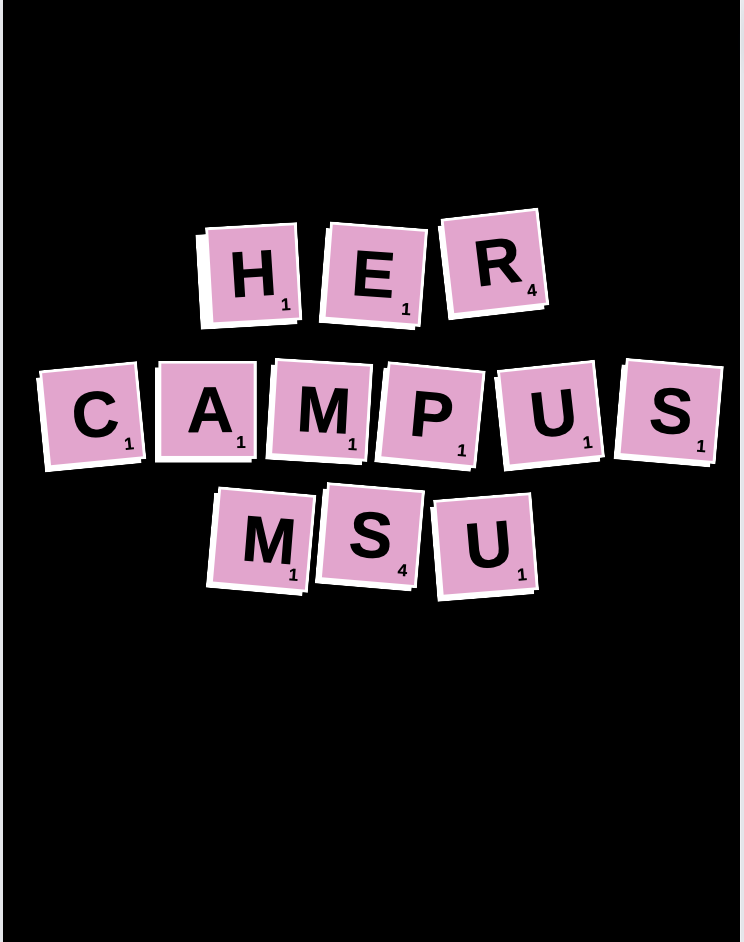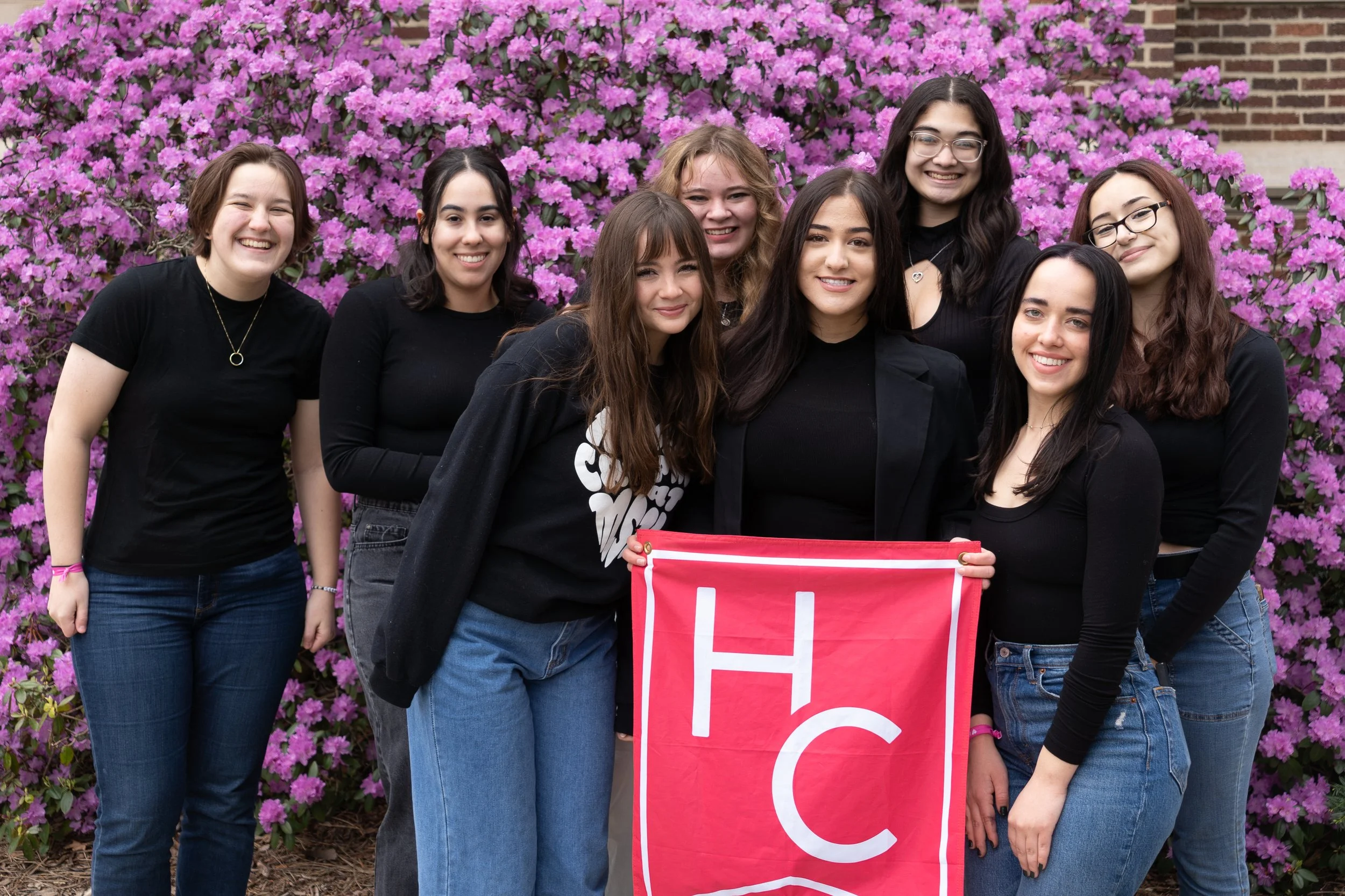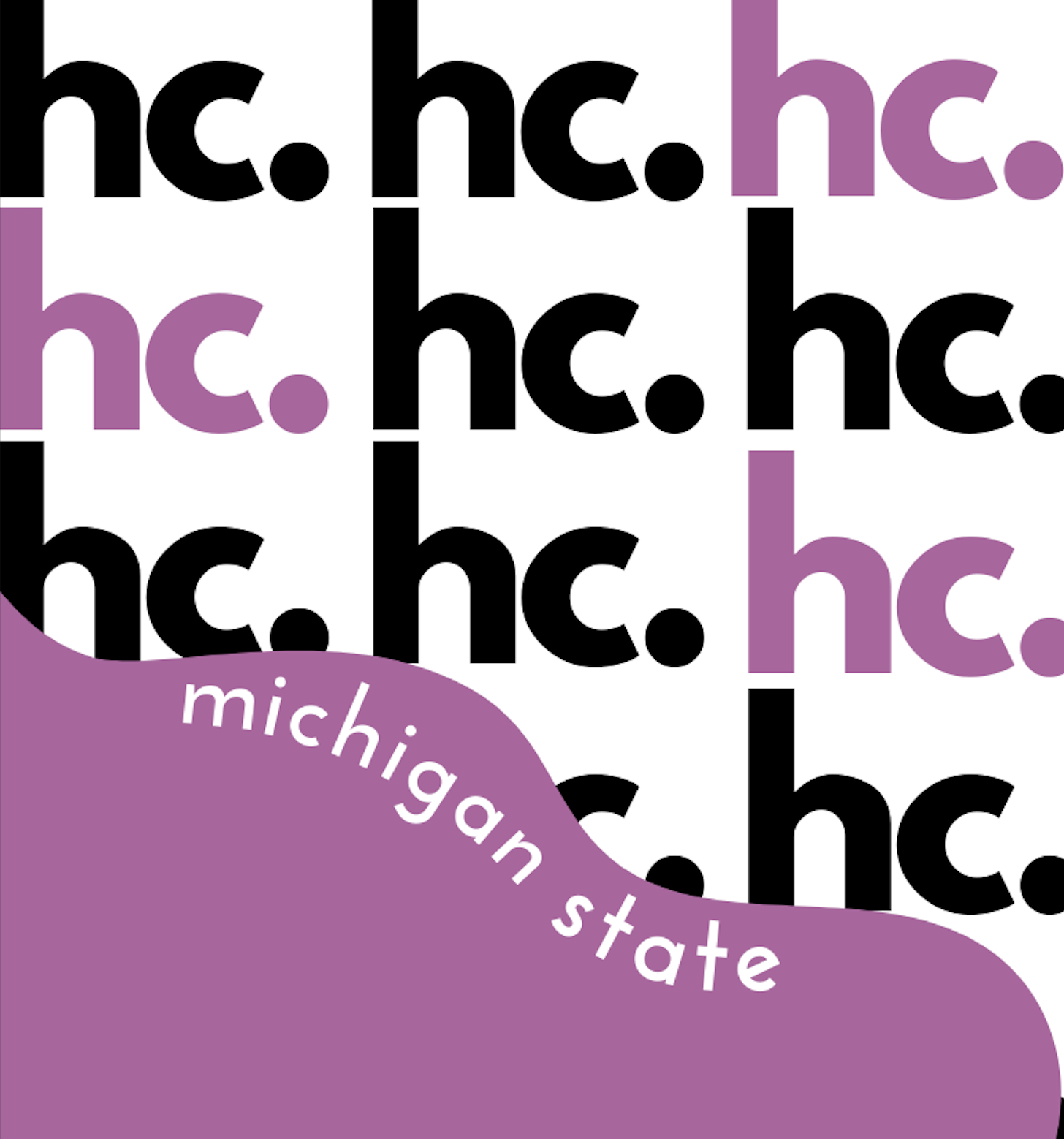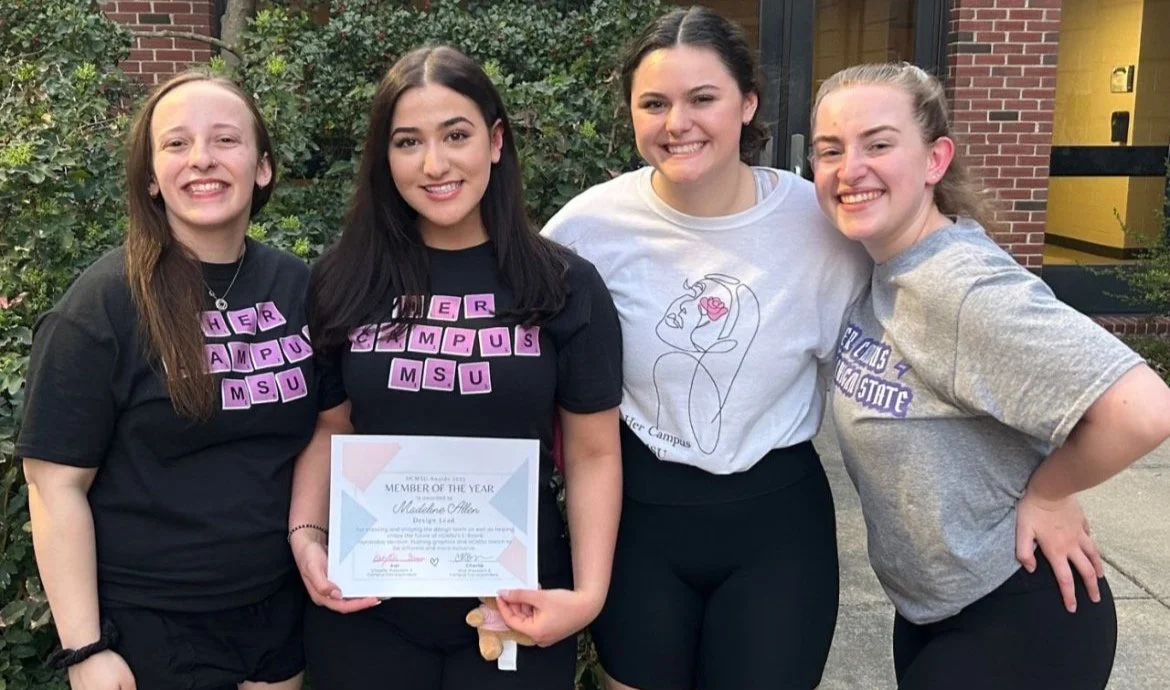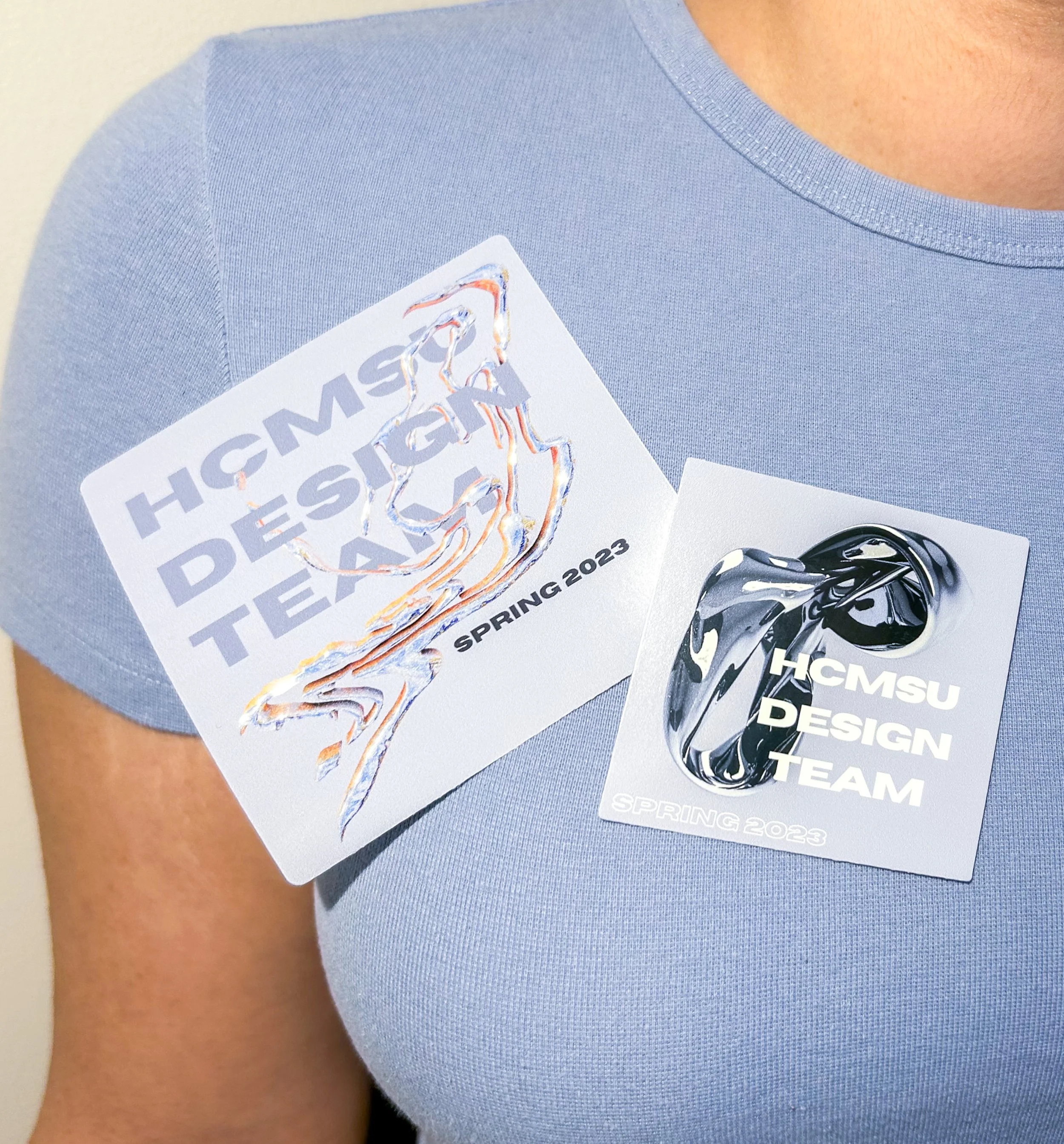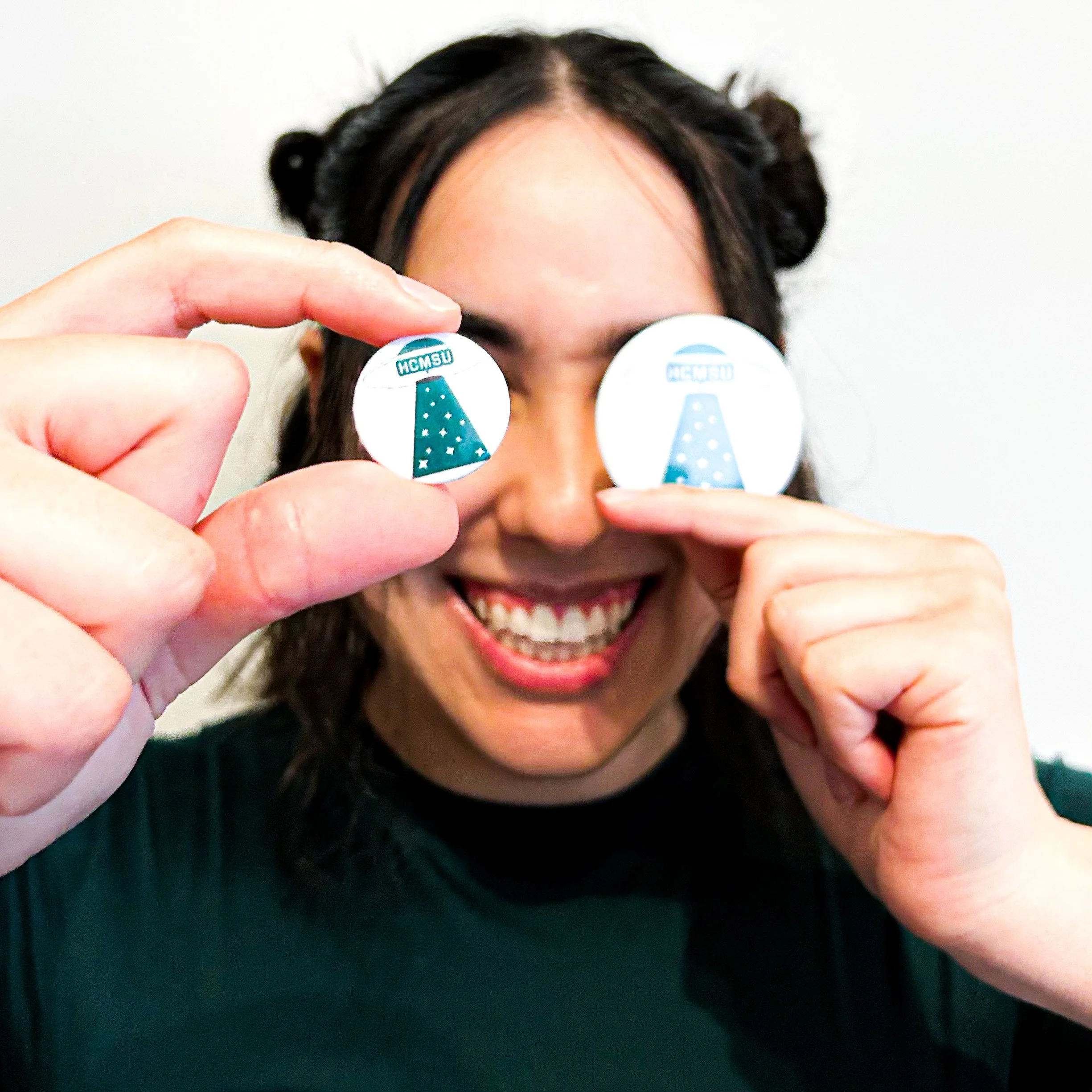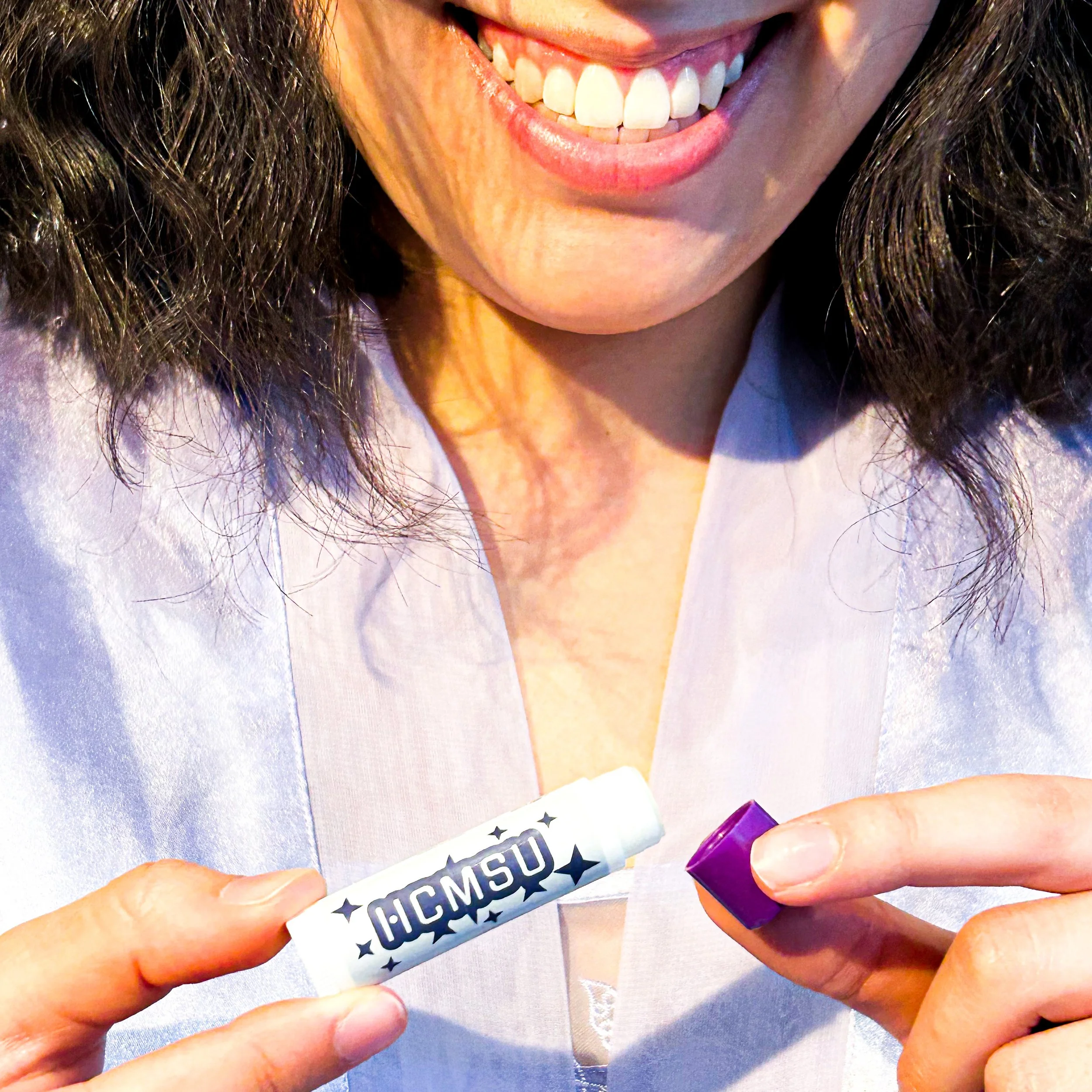
Redefining Design to Inspire Women
Building a Design Community at Her Campus Michigan State:
A Journey in Creativity and Leadership
Awarded Member of the Year for my contributions in building and leading the design team at Her Campus Michigan State.
Through my time with Her Campus Michigan State, I learned that graphic design is not just about creating pretty visuals—it’s about telling stories, building communities, and challenging conventions. From the first spark of an idea to establish a design team to reimagining the brand's merchandise, my experience taught me the importance of collaboration, mentorship, and pushing creative boundaries. I’m proud to have contributed to the growth of the design team and to have played a role in shaping the magazine’s visual identity in a way that truly reflects the diverse and empowering spirit of women.
My journey with Her Campus Michigan State began as an events coordinator, tasked with creating advertisements for a fundraiser. At the time, there was no dedicated graphic design role in the magazine, and I found myself stretched thin as I worked to promote events and articles. Our social media team, eager to help, offered their support, but I quickly realized the need for a more structured and professional approach to graphic design within the organization. The magazine needed a dedicated design team to help curate advertisements, promote articles, and establish a cohesive visual identity.
I pitched the idea to our president, and with her encouragement, I was granted the opportunity to formally establish the first-ever graphic design role at Her Campus Michigan State. What began as a small task soon snowballed into something much bigger. As I started receiving a growing number of design requests, I found myself not only creating graphics but also mentoring others who were interested in learning the ropes. It was clear that there was a hunger for design knowledge among the staff, and that sparked an idea: why not share what I knew with others and foster a creative community?
Creating a Collaborative Learning Environment
To help bring others into the fold, I held our first-ever design workshop. The workshop was not just a demonstration of design tools—it was an opportunity to collaborate, ideate, and experiment. I wanted to make this process as interactive and inclusive as possible, so members could join forces to create their own graphics and gain hands-on experience. I encouraged them to step out of their comfort zones and try something new, hoping to spark a sense of community, connection, and motivation in the process.
The workshop was a turning point. Many members who had never touched a design tool before suddenly found themselves experimenting with layouts, typography, and color palettes. There were a few individuals who stood out immediately, showing an intuitive grasp of design principles. Their passion and enthusiasm for the craft were contagious. It was clear that some of these individuals had a natural talent for graphic design, and others were eager to learn and grow. I invited them to join me in forming a design team, a decision that marked the beginning of something bigger than I had initially imagined.
Building and Leading the Design Team
From a single workshop, we quickly grew into a thriving design team—the largest team in the entire magazine.
I held regular weekly and biweekly meetings where we practiced and discussed various design techniques, principles, and theories. During these meetings, I not only demonstrated how to create effective graphics but also encouraged team members to experiment with their own designs. I made it a priority to delegate different design needs to members, allowing them to hone their skills in real-world scenarios while fostering a collaborative environment where feedback was shared openly.
As the team evolved, I took on the responsibility of tracking each member’s progress. I paid close attention to their strengths and areas where they needed improvement. Some members excelled at typography, others at composition, while a few showed remarkable creativity in visual storytelling. I made sure to offer guidance and resources to help each designer improve, ensuring that we were constantly pushing our creative boundaries. Under my leadership, we developed a sense of camaraderie and pride in our work that permeated throughout the entire magazine.
The goal of the design team, for me, was not just about producing stunning graphics but about reminding everyone that they are capable of soaring when they prove to themselves that they can learn something new. What’s the point of compiling a magazine that is the result of each of us working individually, headphones in, no conversation? Why should we not also be "compiled" as a community, learning and creating together? That was the essence of what I wanted to cultivate: a space where each person could grow and feel empowered by their ability to learn and collaborate. We weren’t just a team working in isolation—we were a collective of individuals who could push each other to new heights, whether through design or personal growth.

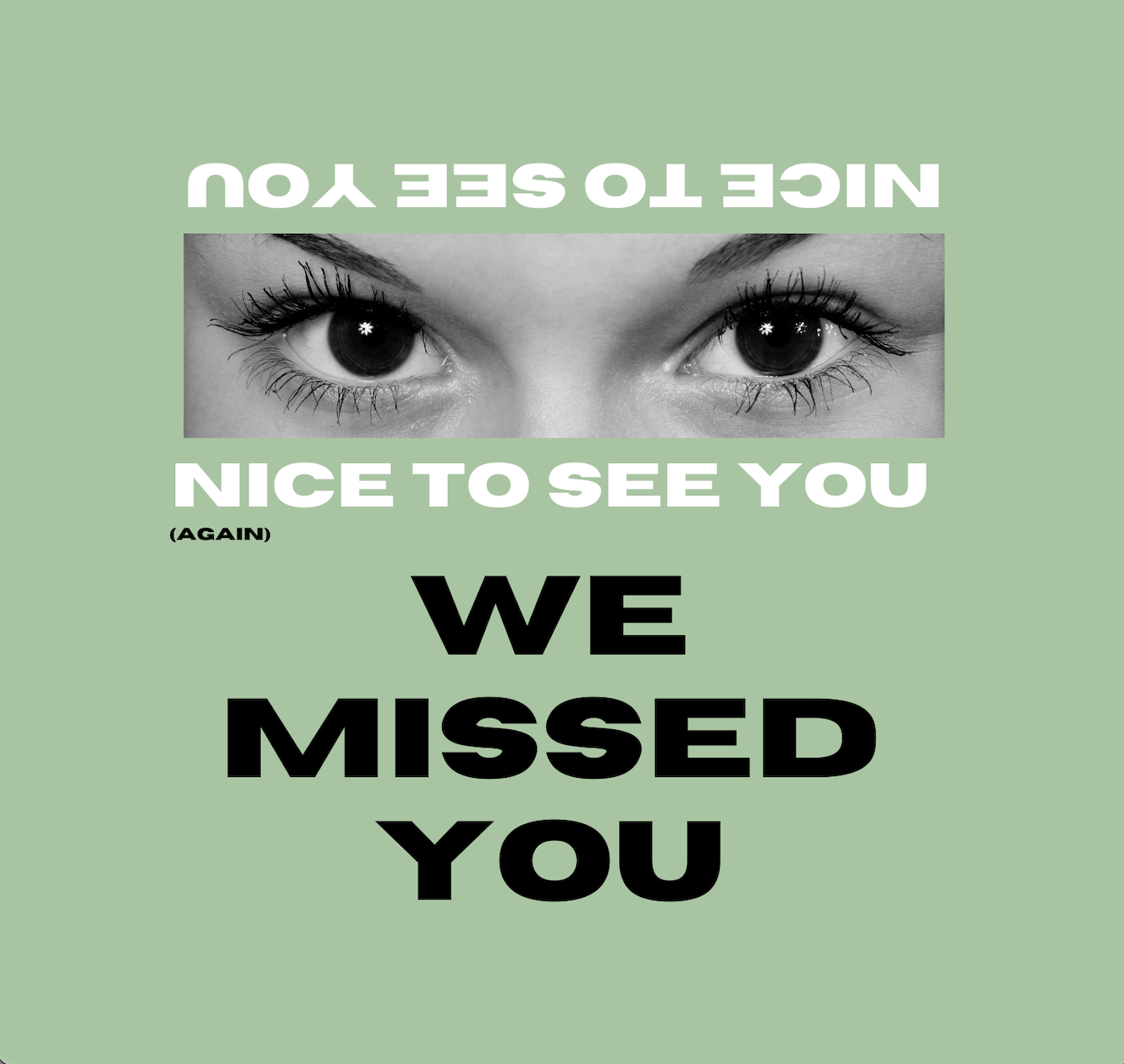
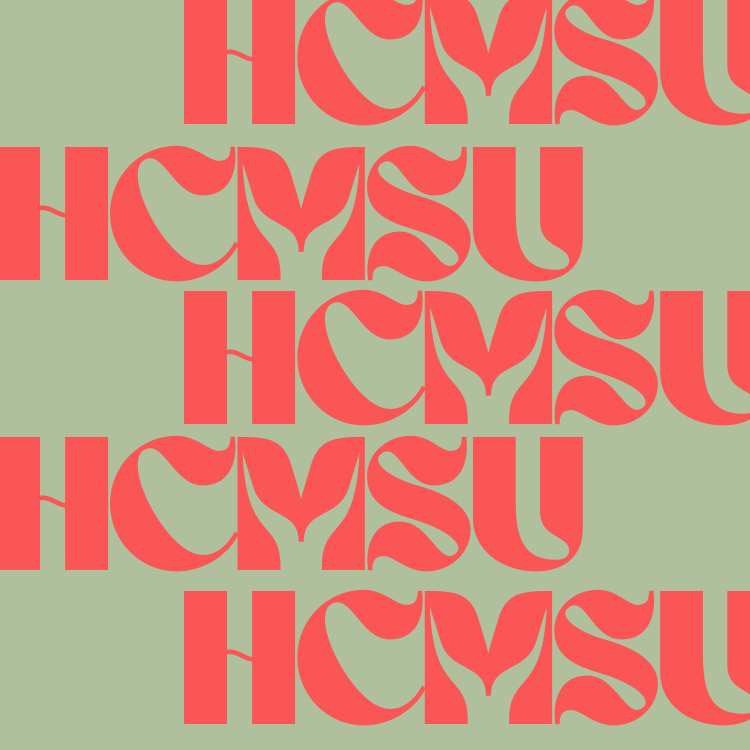
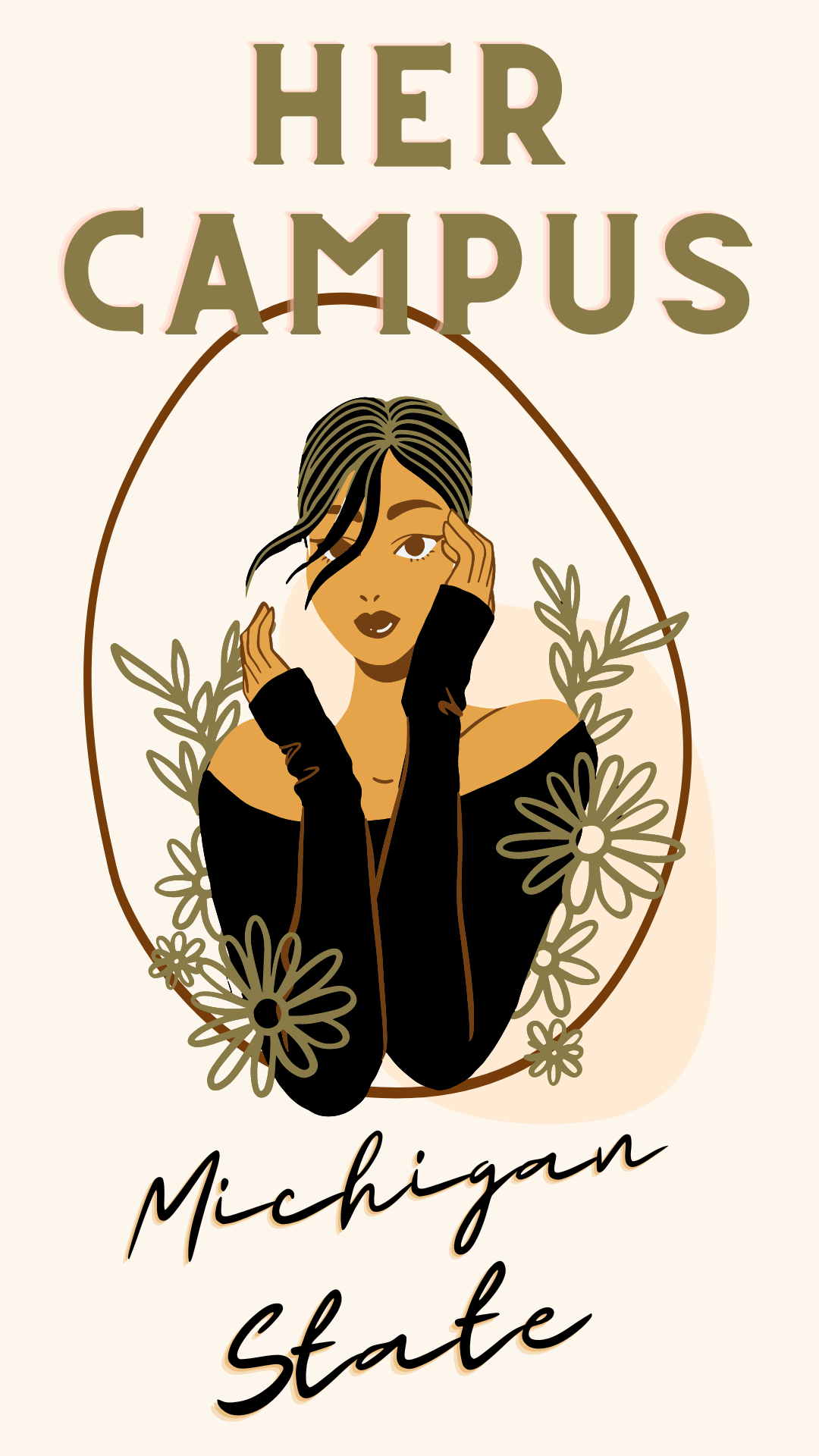
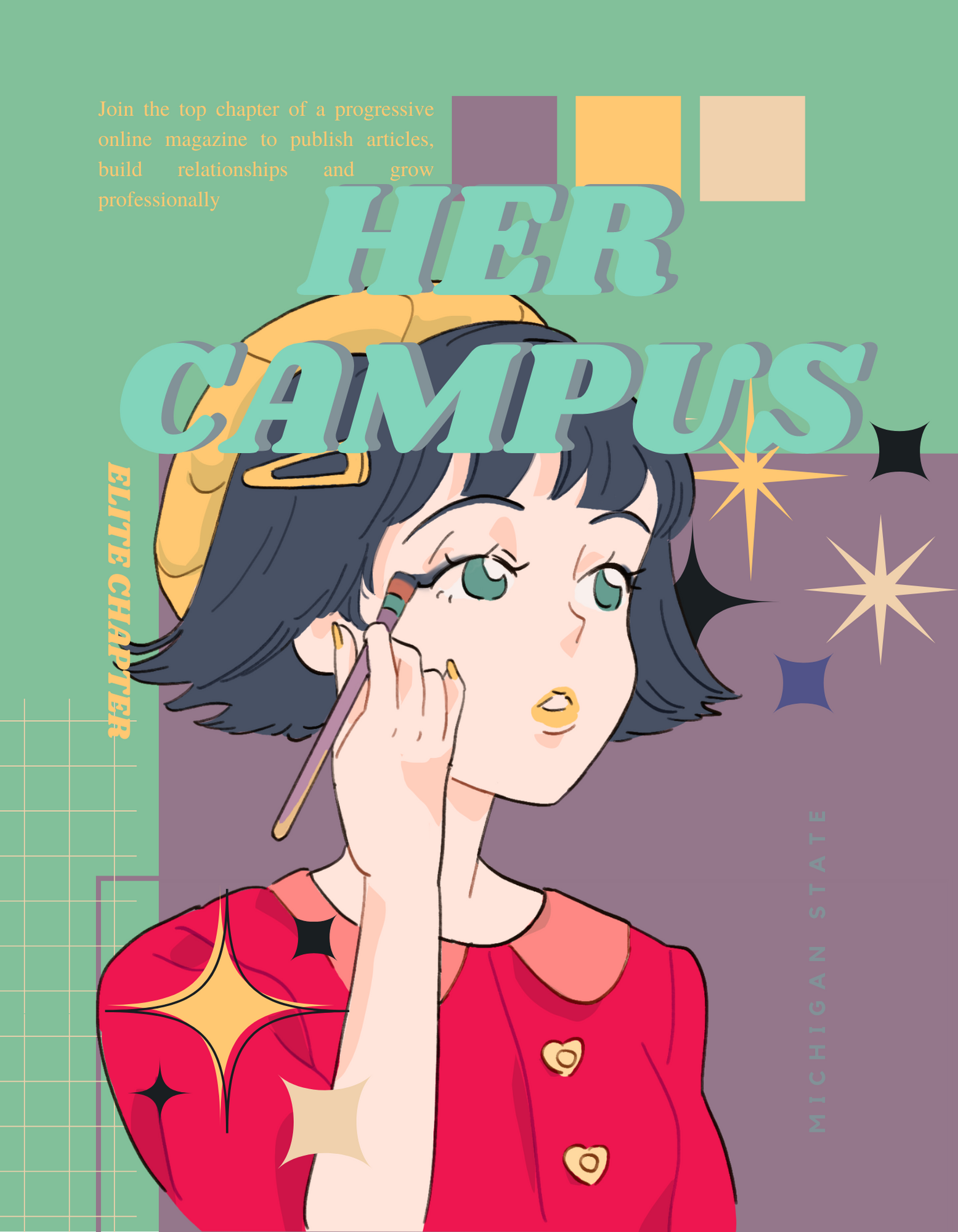
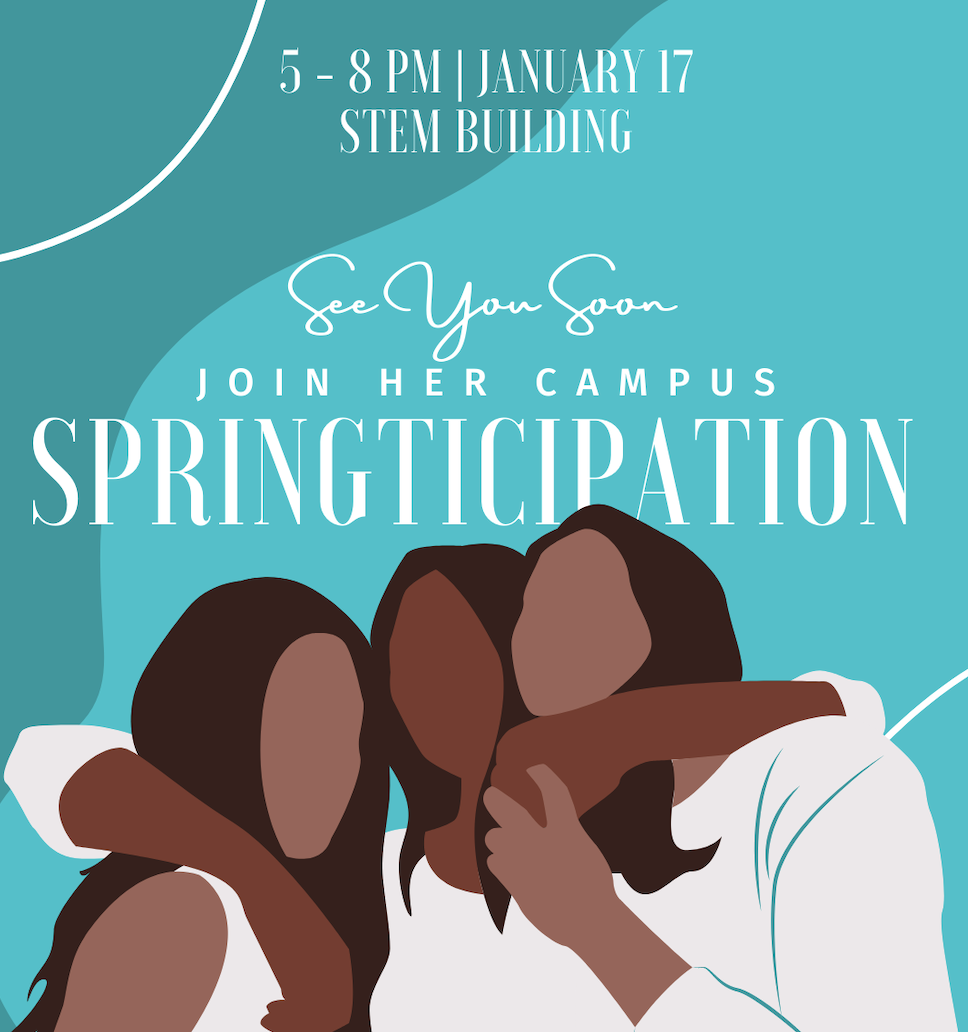
My groundbreaking efforts did not go unnoticed. At the start of the design team, I was honored to be named Member of the Month, recognizing my contributions to establishing the team and its success. Later on, my leadership and dedication to the growth of the design team earned me the prestigious title of Member of the Year. These accolades were not only a personal achievement but also a reflection of the collective spirit and hard work of the team that I had helped cultivate.
As time passed, it became clear that the design team wasn’t just a temporary initiative. We had built something lasting, a community within a community. I trained the next design lead, someone who started out as a novice but showed immense growth and dedication. The role of design lead was now a key part of the magazine’s structure, ensuring that future generations of creatives could continue to thrive within Her Campus Michigan State.
Redefining Brand Identity Through Bold Merchandise Design
One of my most proud accomplishments with Her Campus was leading the charge in redesigning the magazine’s merchandise. Traditionally, women’s branding has leaned heavily on soft, pastel colors and overtly feminine imagery—think pink, flowers, makeup, and the stereotypical depiction of femininity. While there is nothing wrong with celebrating these aspects of womanhood, I felt that the magazine’s merchandise could reflect a broader, more inclusive perspective.
I set out to create merchandise that defied these norms. I incorporated bolder designs, utilizing dark, rich colors and strong, empowering imagery to challenge the traditional narrative. The idea was simple: being a woman is not always soft and flowery—it’s complex, fierce, and multifaceted. Our merchandise now reflected that complexity, resonating with women who wanted to embrace their full identity without being confined to a single, limiting stereotype. The designs aimed to foster a sense of community and solidarity, reinforcing that, as women, we support each other in all our diverse forms.
The response from members was overwhelmingly positive. They felt seen and understood, and the new merchandise quickly became a symbol of empowerment within the community. By creating designs that spoke to a more inclusive and authentic vision of womanhood, we helped to strengthen the magazine's brand identity while deepening the sense of connection among its members.
